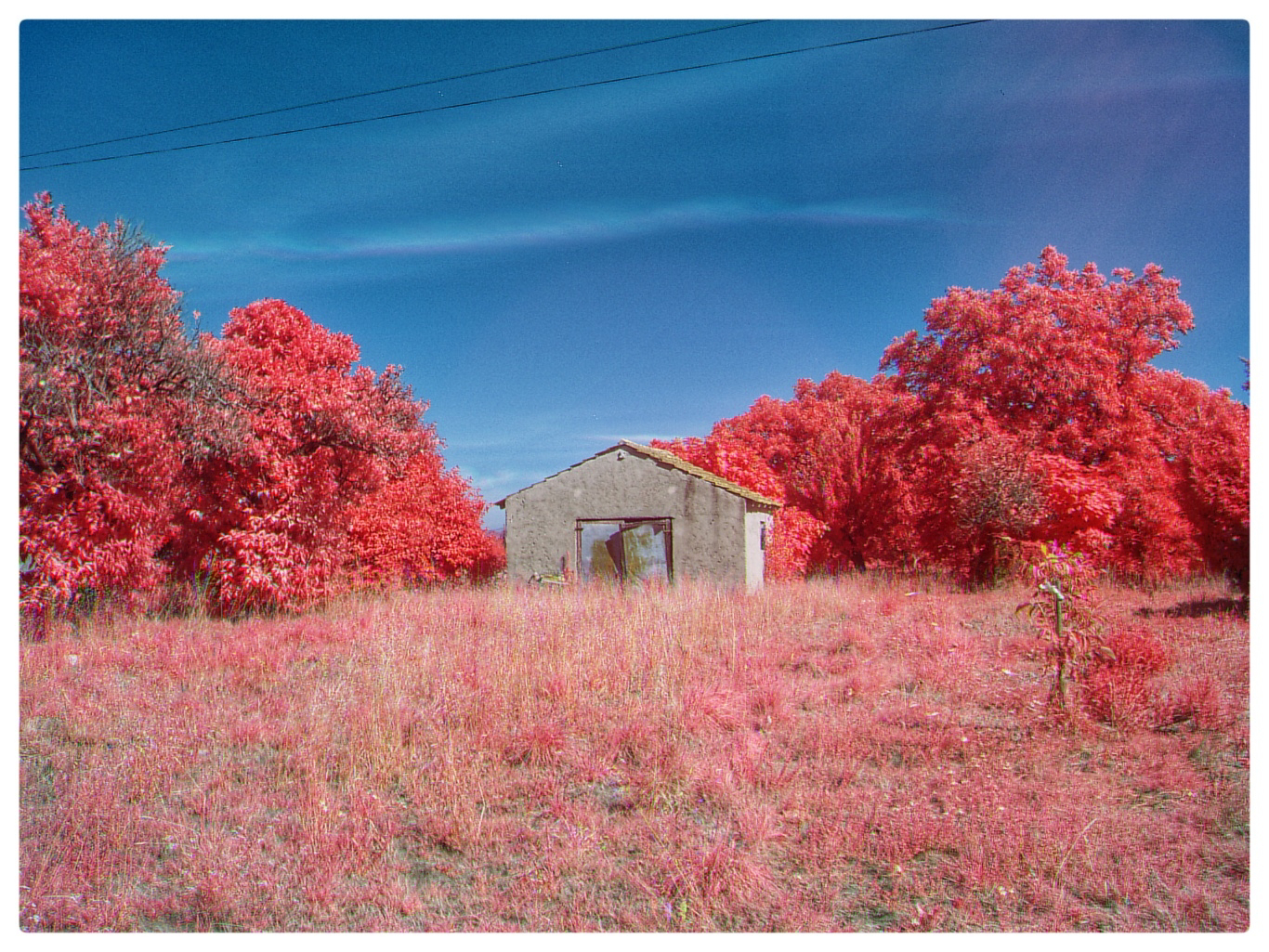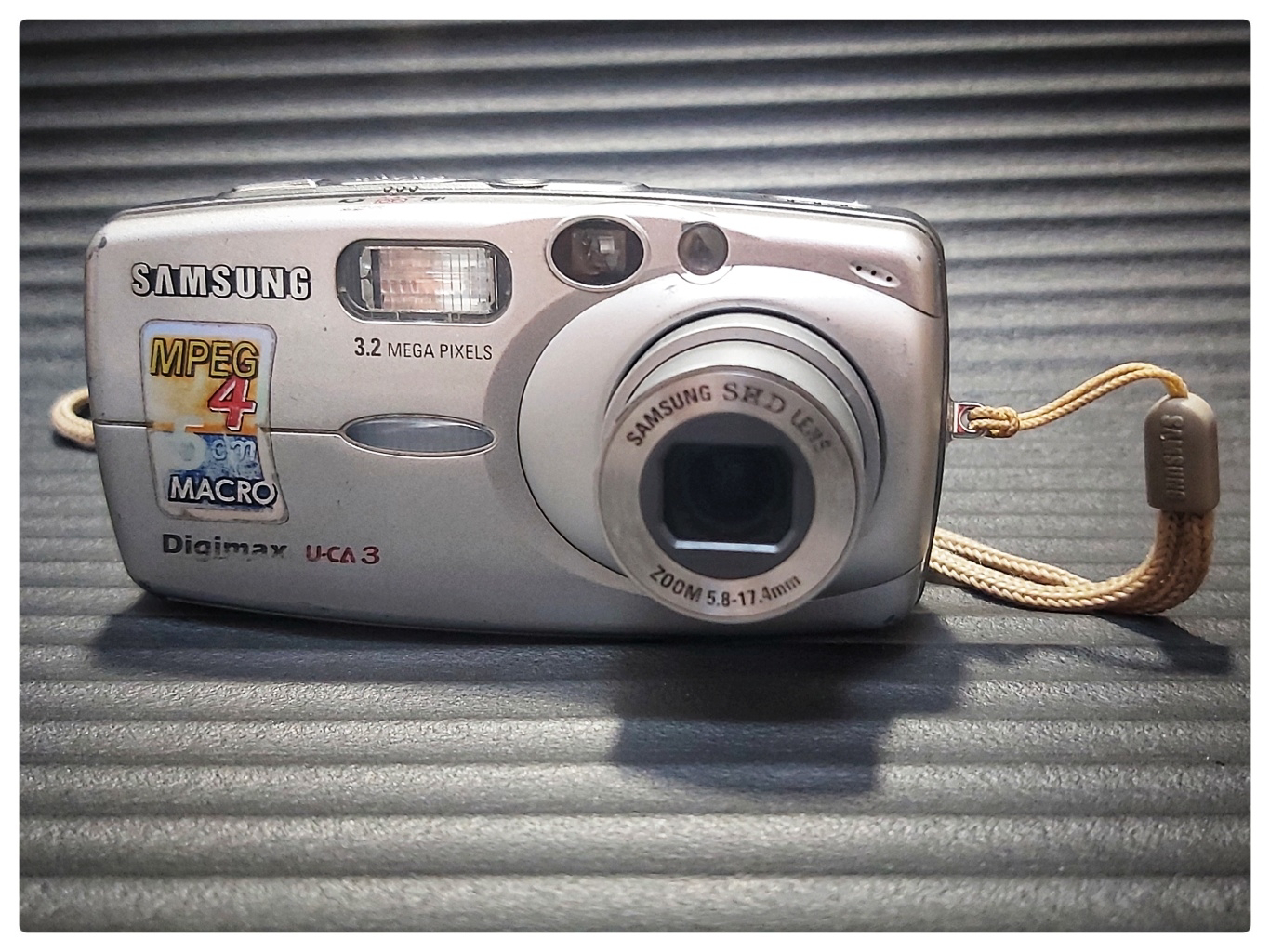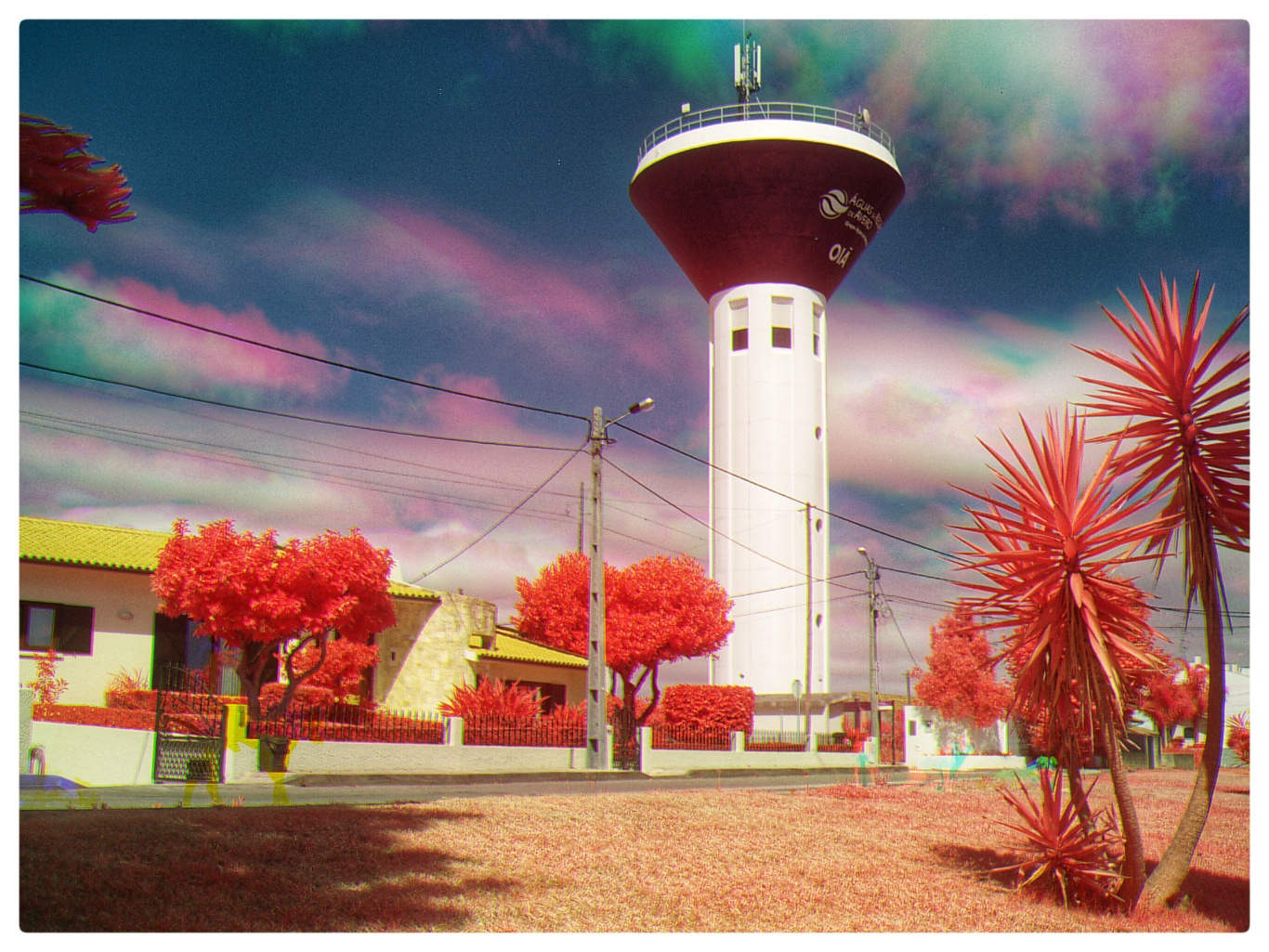Discovering the Holy Grail: Five Digital Aerochromes with the Samsung Digimax UC-A3
Discovering the Holy Grail: Five Digital Aerochromes with the Samsung Digimax UC-A3
There was once a time when I found the idea of making trichromes a daunting task, but after I picked up the colour filters for the first time I was hooked and now I'm happy to wander around with a camera fixed to the top of my travel tripod and my little packet of filters in my pocket.
What I especially enjoy is using my self-converted full-spectrum camera to make digital aerochromes. Aerochrome film was a Kodak colour film made up until about 2009. It was unique in that it was sensitive to infrared wavelengths and when developed revealed natural colours in the sky and inanimate objects but vegetation as a lovely pastel red or pink.
So I've been trying to recreate the aerochrome look for quite a while and although I have come close there has always been something lacking. I have tried with several types from camera from the Nintendo Gameboy (by far the most satisfying) to the full-spectrum camera. Nowadays, each time I pick up a new digital camera one of the first things I'll do is take it across the road with the colour filters and try to make a digital aerochrome.
Which brings us to the Samsung Digimax U-CA3. At the time of writing (July 2023) we are in the middle of the #ShittyCameraChallenge, an informal 'competition' where photographers use shitty film or digital cameras to make great images. My full-spectrum digital camera is definitely not in the 'shitty' category, so I was looking for a low resolution (less than 10MP) that would be suitable.
I regularly scour the Portuguese CEX (Computer Exchange) website for digicams, and quite often you can pick up an old digital camera for a few Euros. They also offer 'generic' cameras for sale. I like these as you never know what you are going to get. Thus far I've been lucky, the cameras have always been quality brands, although one time I'd like to get an Olympia, or a Nikonos or a Cannon.
So when I spotted a 'generic' 3MP camera, I thought it would be ideal to be converted to full-spectrum, and for 1€ (plus 2,50€ for delivery) it was cheap enough that if I screwed up the conversion I could just bin it without feeling too bad. I pressed 'comprar' (buy) and added it to my basket. A few days later (CEX are usually quite fast) a double packed jiffy bag arrived in the post containing a Samsung Digimax U-CA3, the charger and some cables. Upon charging the camera I realised that it used a Memory Stick Pro Duo (the shorter version of the Sony memory stick) for images. This wasn't really an issue as it worked quite happily with the Memory stick from the PlayStation Portable, but I wanted a dedicated card for the Samsung. A few days later I had a fully working Samsung Digimax.
Of course, the first thing I wanted to do was to check out its infrared sensitivity. So I attached it to a mini tripod, grabbed my little wallet of filters and went across the road to photograph my favourite tree (actually two trees) and abandoned well on a patch of scrubland.
After taking a couple of regular photographs, with and without an infrared filter, setting the camera to black and white was surprisingly easy. I took one image without a filter, one with an infrared filter and then three frames with red, green and blue filters. To be on the safe side I took a few more frames of a concrete shed in a nearby field.
Back in the house I downloaded the images from the memory card onto my laptop and fired up GIMP photo editor. Immediately I could see that the infrared response of the sensor was really good. I also discovered that the infrared black and white image had not been recorded, probably I had not pressed the shutter button properly. But the colour infrared image came out a lovely pastel blue.
My method for making digital aerochromes came from an article by Joshua Bird. His method was for infrared film, but the technique is equally applicable to digital infrared. Images taken with infrared, red and green filters were placed in a file in red, green and blue layers, respectively. In this case, because I lost the black and white infrared image I used the colour infrared image and desaturated it.
The blending mode for the red and green layers was set to addition and, if all went well, the result was a digital aerochrome with natural looking skies and buildings, and pastel red or pink vegetation.
The results were spectacular! With beautiful pastel red vegetation and natural looking buildings and skies. I was amazed, and processed the second image, of the shed, in double-quick time. This was the same, a wonderful digital aerochrome.
I couldn't wait to take more digital aerochromes with this little beauty, including my first hand held aerochrome, with mixed success.
Had I discovered it? The Holy Grail of a digital sensor that would produce the perfect digital aerochrome? It certainly looks like it. Although my intention was to make a full-spectrum camera from this camera, after such amazing results I've decided to leave it as it is. After all, as they say: If it ain't broke, don't fix it.
#Trichrome, #tree, #Aerochrome, #Digicam, #Filter, #Filters, #Digimax, #Infrared, #Digital, #Experimental,













Comments
Post a Comment